Why is metacognition important?
Research by the Education Endowment Foundation has shown that effective strategies for metacognition and self-regulation:
- are very high impact for very low cost based on extensive evidence
- can be worth the equivalent of an additional +7 months’ progress when used well
- can motivate pupils to engage in, and improve, their learning.
- can be particularly effective for low achieving and disadvantaged pupils.
Thinking Moves A – Z supports every step of the EEF’s recommended framework for metacognition and self-regulated learning.
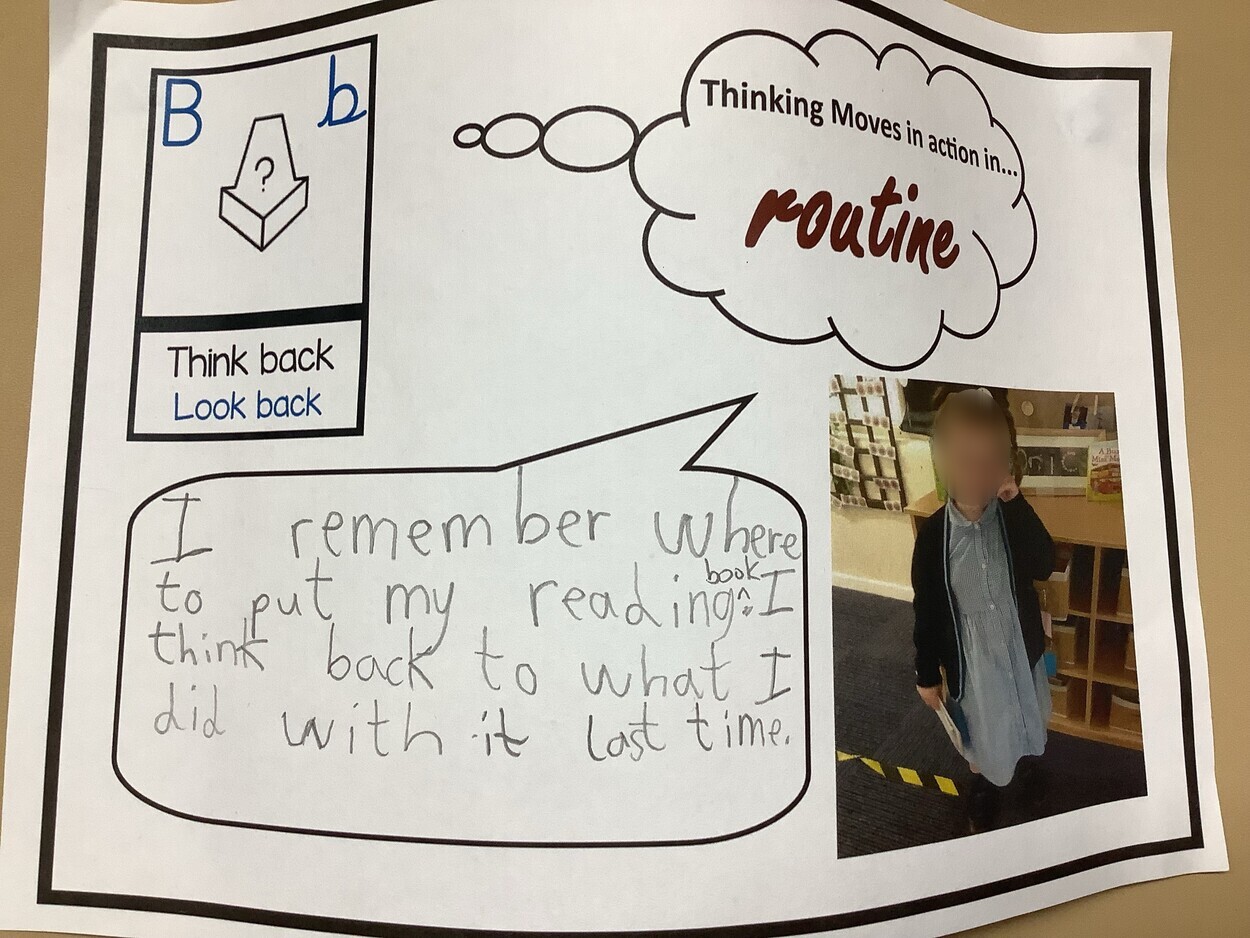
What is "Thinking Moves A-Z"?
“Stunningly simple, yet remarkably rich.”
Thinking Moves is the easiest way to embed metacognition across all subjects.
It’s a framework for teaching thinking out loud: 26 distinct acts of thinking organised in a memorable A-Z - a periodic table of thinking.
Thinking Moves gives children a vocabulary for their thinking. Help them:
- become aware of their own thinking, and that of others
- take greater responsibility for their learning
- choose the right moves at the right time
The A-Z presents the fundamental building blocks of thinking - rather than long-term dispositions or character traits.
Understandable. Comprehensive. And most importantly, memorable.
Arrange a call with Tom
Set up a call with Tom to discuss how we might be able to help you.
The Thinking Moves story
Roger Sutcliffe had been focussed on teaching thinking in one way or another for 40 years – as an English teacher, then a Maths teacher, then a Philosophy for Children trainer, and for some years as a consultant for Thinking Schools International.
In the last role he became increasingly frustrated with the various “thinking skills” approaches that were being advocated and activated. They varied between the over-elaborate and the gimmicky, and with very little coherence between them. Worse, not one of them was a complete system - not even Bloom’s famous taxonomy, which fails to include fundamental skills such as questioning, quantifying and justifying.
So, he set about creating a scheme that was simple and memorable, practical and complete – one that could be used by teachers to teach thinking more systematically and effectively, but also by learners to manage their thinking and, thereby, manage their own learning and lives better.
After eight years of reiterations, reflections and new resolutions, he finally published the Thinking Moves A – Z book in 2020, with Tom and Jason from The Philosophy Man. Despite the almost immediate constraints of Covid, the scheme has been gratefully taken up by teachers from Early Years to 6th form, and has already been translated into several languages, including Chinese and Arabic.”

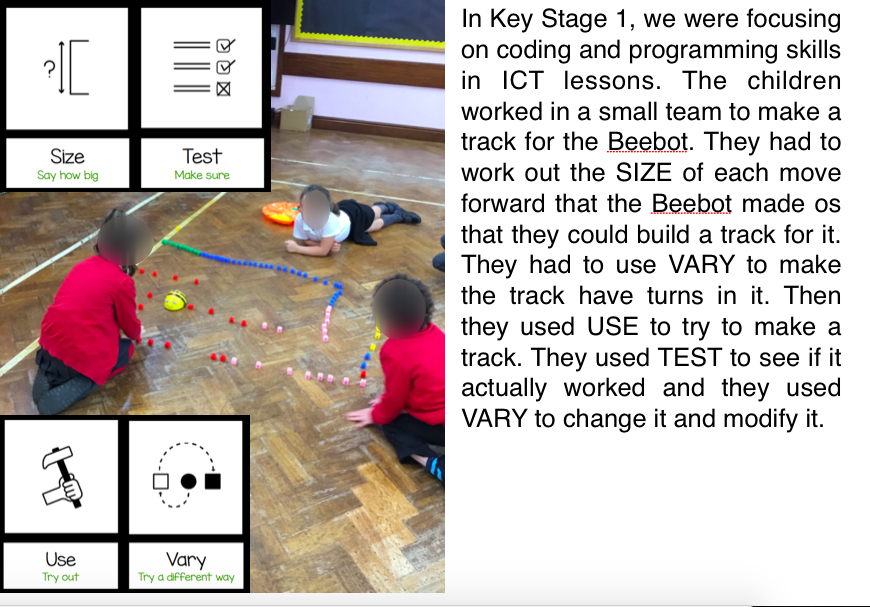
What does training involve?
You’ve probably heard that metacognitive strategies are “very high impact for very low cost” (EEF), but do your staff understand what metacognition looks like in the classroom?
Start your school on the Thinking Moves training pathway to learn:
- how to integrate metacognitive strategies across the curriculum
- how to share a common vocabulary for thinking with all learnersa wealth of new
- activities that help learners think more rigorously about their subject knowledge
All staff get a copy of Thinking Moves A-Z and a wealth of supporting resources for the curriculum.
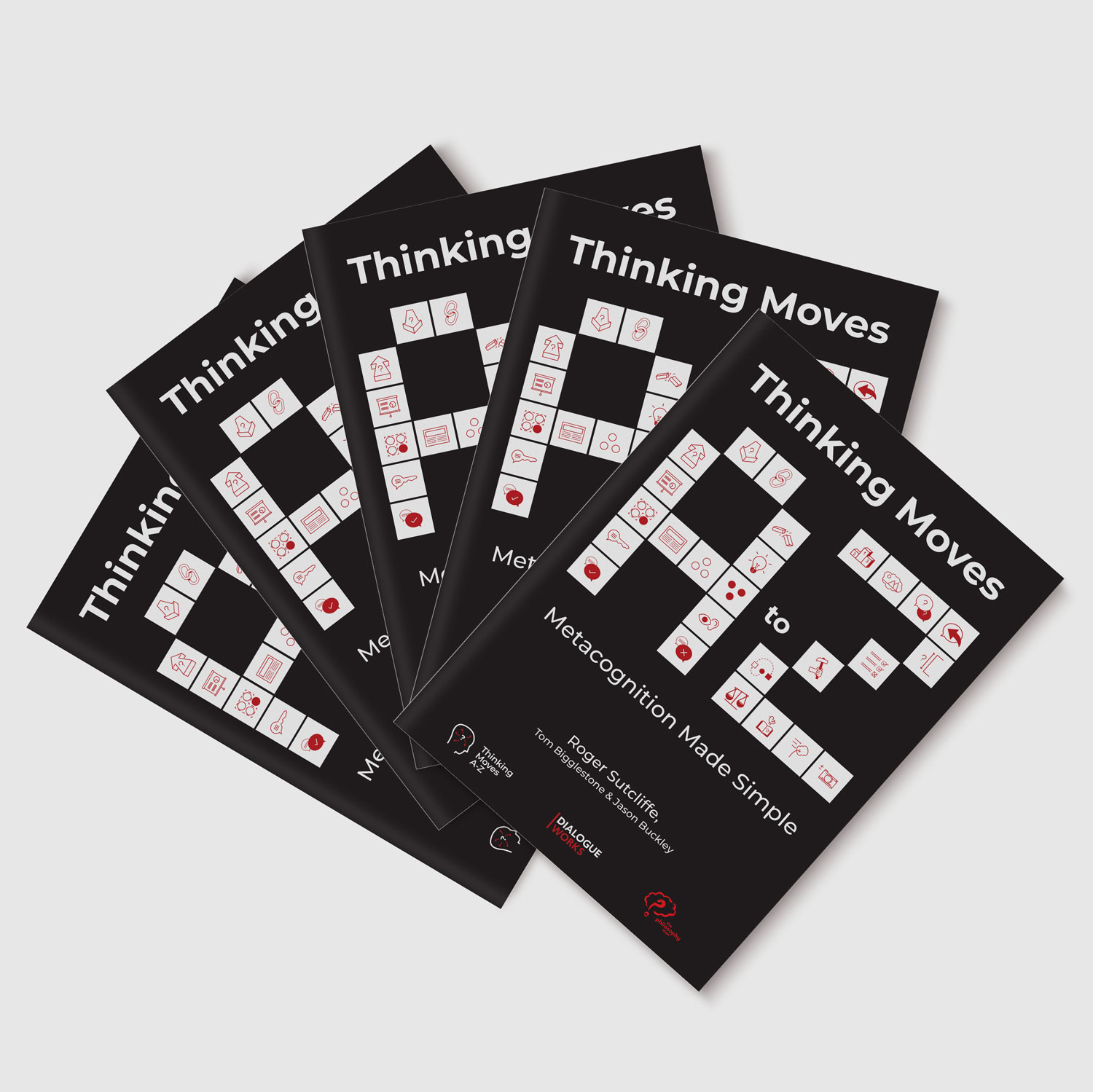

Fancy a chat about it?
No obligation - just a chat about what might be possible!
A curriculum-centred approach
Training that doesn’t connect to the curriculum isn’t worth it’s salt. Learn how to:
- Embed metacognitive activities in all subjects
- Integrate metacognition with enquiry-based learning
- Develop your questioning to facilitate deeper thinking
Practical for teachers
INSET should be memorable, and its impact immediate and lasting. Thinking Moves training explains:
- How to tailor metacognitive strategies for all age groups - even EYFS
- How to help your class memorise all 26 moves in just one lesson
- How to make metacognition become part of daily teaching and learning routines
Built around student understanding
Unlike most existing approaches, Thinking Moves gives learners the vocabulary to talk about their own thinking:
- How to develop their awareness of their own thinking moves
- How to help them plan ahead and pick the right thinking moves for future tasks
- How to expand their vocabulary to describe what’s happening in their head
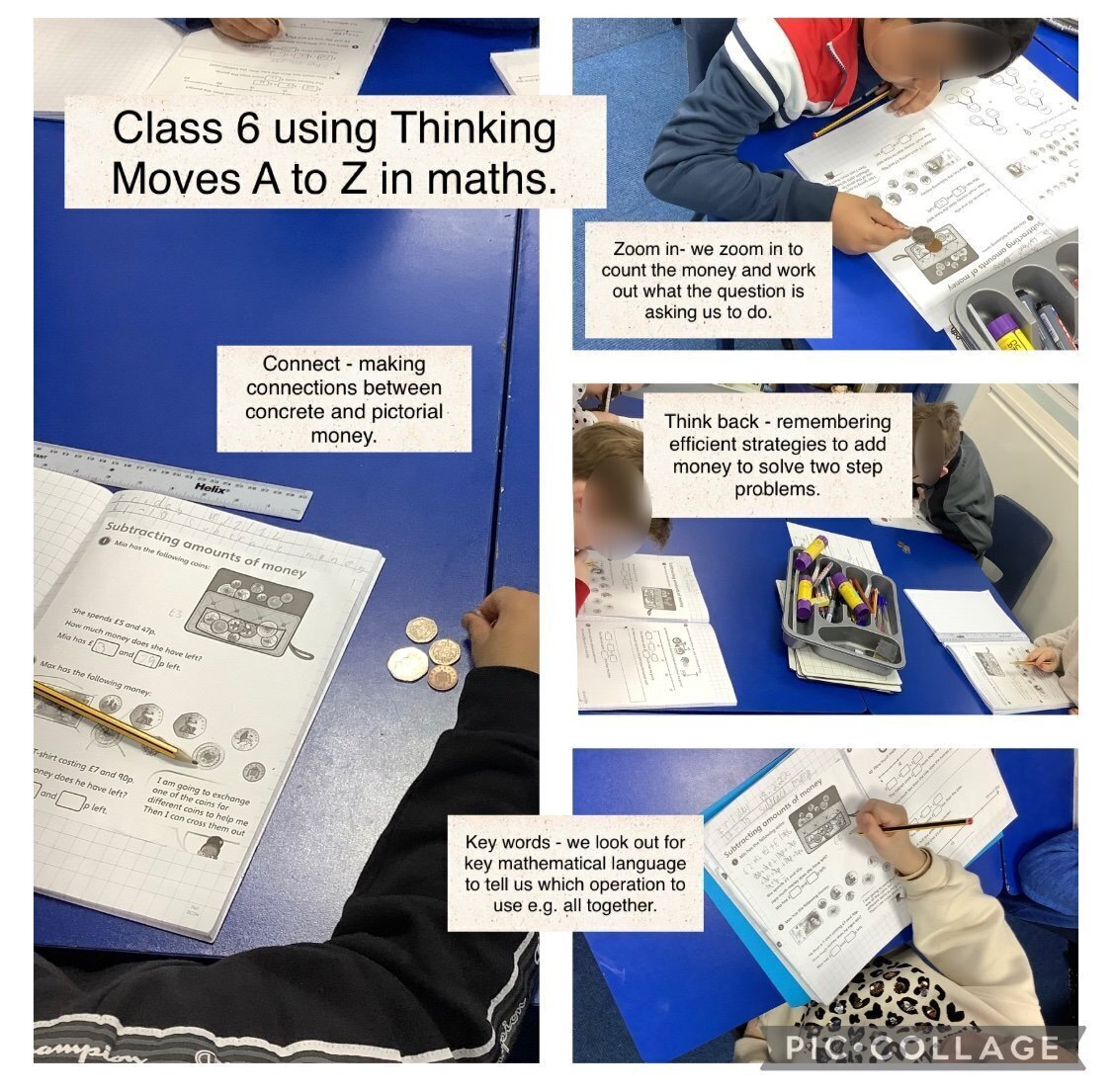
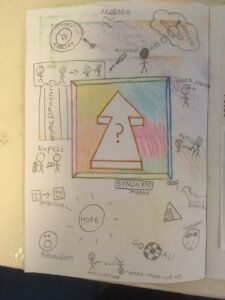

This sounds great! How do I book training?
Contact us using the form below and we'll get back to you as quickly as we can.
Interested in training?
Contact us today to arrange a chat - choose from any of the options below.
Feedback from our recent P4C training:
"I cannot describe the buzz and vibe from the staff, all down to you."
"You really did create a huge buzz in school, which is a difficult shout on the first day back! You covered everything we wanted out of the training and gave us mountains of material to use in class. I loved the fact you gave each phase some planning time to discuss ideas and plan sessions and then trial them out of colleagues. You have definitely given us some inspiration and I am very excited to see what happens next."
"There was a buzz during the staff meeting, which for any member of staff attending a staff meeting knows this is a rare thing! All the staff said how enthused and excited they felt to get back into their classrooms and try out the methods they had been shown."
"The questions raised interested everyone and there was a real buzz in the room. Our training was full of practical activities and games, with the just the right amount of discussion about teaching techniques interspersed. What an inspiring day!"
"It is us who would like to thank you. It was such an inspirational INSET and the staff were truly excited. The enthusiasm is palpable!"